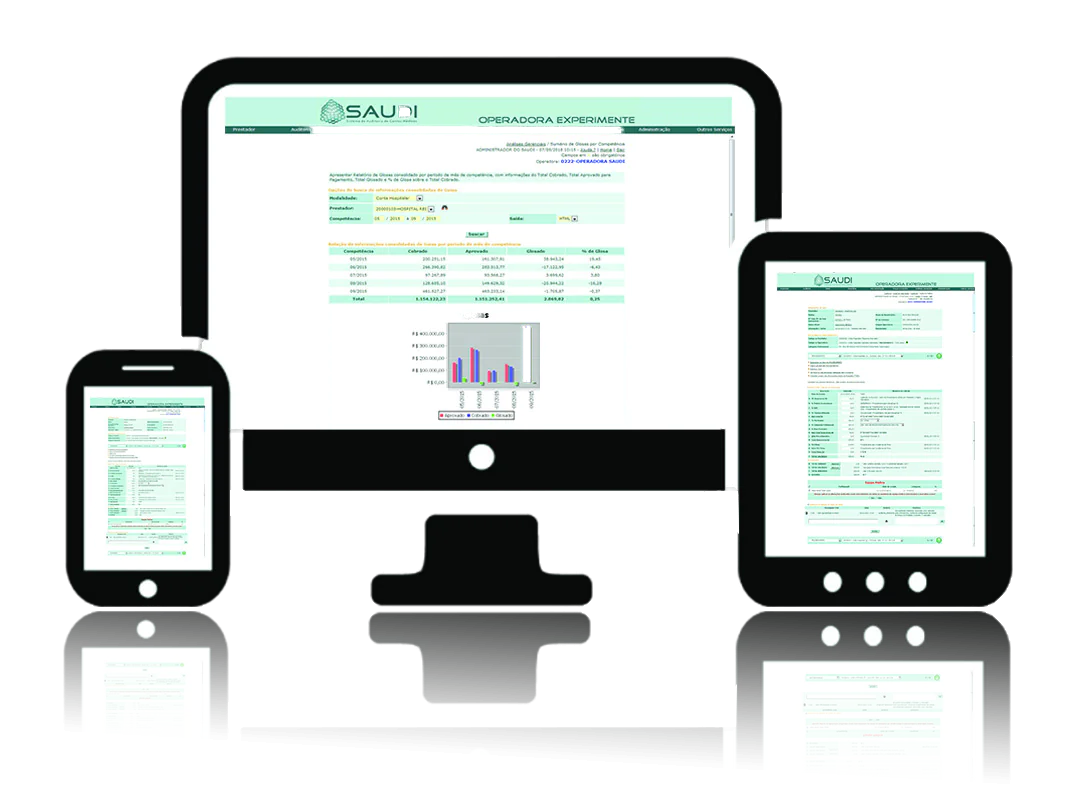In highly competitive markets and where process efficiency is essential for any business to be successful, it is very important to stipulate accurate ways of evaluating service performance. Therefore, the ANS created the Supplementary Health Performance Index, also known by its acronym — IDSS.
This is a quantifying and comparative tool, which has been refined and heavily used by the National Supplementary Health Agency as a way of improving the quality of this segment that is so important to society. Check out the content below and learn a little more about this subject!
After all, what is IDSS?
IDSS is, as we said, the acronym for Supplementary Health Performance Index, which is a tool that verifies and quantifies, in a comparative way, the results of the performance quality assessment of operators of Brazilian health, being published every year by the ANS (National Supplementary Health Agency)
It takes into account the performance of each entity over the previous year, establishing a score between 0 and 1, in which the institution that is closest to result 1 is the one with the highest levels of success in administration, structuring and operation. of the service.
What is it for?
The Supplementary Health Performance Index enables a simpler comparison between the various operators on the market, in addition to increasing dissemination and access to data about the sector. This, in short, increases competition and benefits users, who can count on a more reliable and better quality service.
What aspects are covered by IDSS?
To calculate the Supplementary Health Performance Index, ANS evaluates operators in aspects related to four questions. One of them is health care, which checks access and quality of care, in addition to actions to promote well-being and prevention that are offered to beneficiaries.
The care network is also checked, observing the structure and operational conditions of clinics, outpatient clinics, hospitals and laboratories, for example. Regarding the economic-financial aspect, liquidity and solvency conditions are checked, in addition to compliance with deadlines and obligations.
Finally, beneficiary satisfaction is assessed, taking into account complaints made against operators with the ANS, data on users' permanence in health plans and the severity of violations of legislation committed by the company. Up-to-date registration with the ANS is also essential.
How to improve it?
Have financial stability
Having financial stability is important for the economic-financial assessment, in which linked guarantee assets, net equity and current liquidity are observed, in addition to compliance with deadlines and obligations.
Encourage health promotion
As one of the basic intentions of the IDSS is to promote the health of beneficiaries, encouraging appropriate practices and preventing diseases is highly valued when calculating the Supplementary Health Performance Index.
Regularly send your data
Another way to improve your IDSS is to regularly and accurately send all the data and information required by the ANS. This way, the National Supplementary Health Agency can accurately evaluate your operator, which tends to increase your score.
Furthermore, this regular sending of data is mandatory by the Agency, and any operator that does not do so will be punished.
Purchase a management solution
Finally, a management solution can also increase your IDSS. With a good software like this, you can optimize your administrative processes, avoid operational errors and, in this way, not put the indicators used in the calculation at risk.
By following these tips, you will increase your Supplementary Health Performance Index and can have an IDSS that makes your company more competitive and valued in this very important segment.
Did you enjoy learning more about the Supplementary Health Performance Index? So, be sure to follow our profiles on social media to keep up to date with upcoming publications. We are in LinkedIn, at the Facebook and in Instagram!









